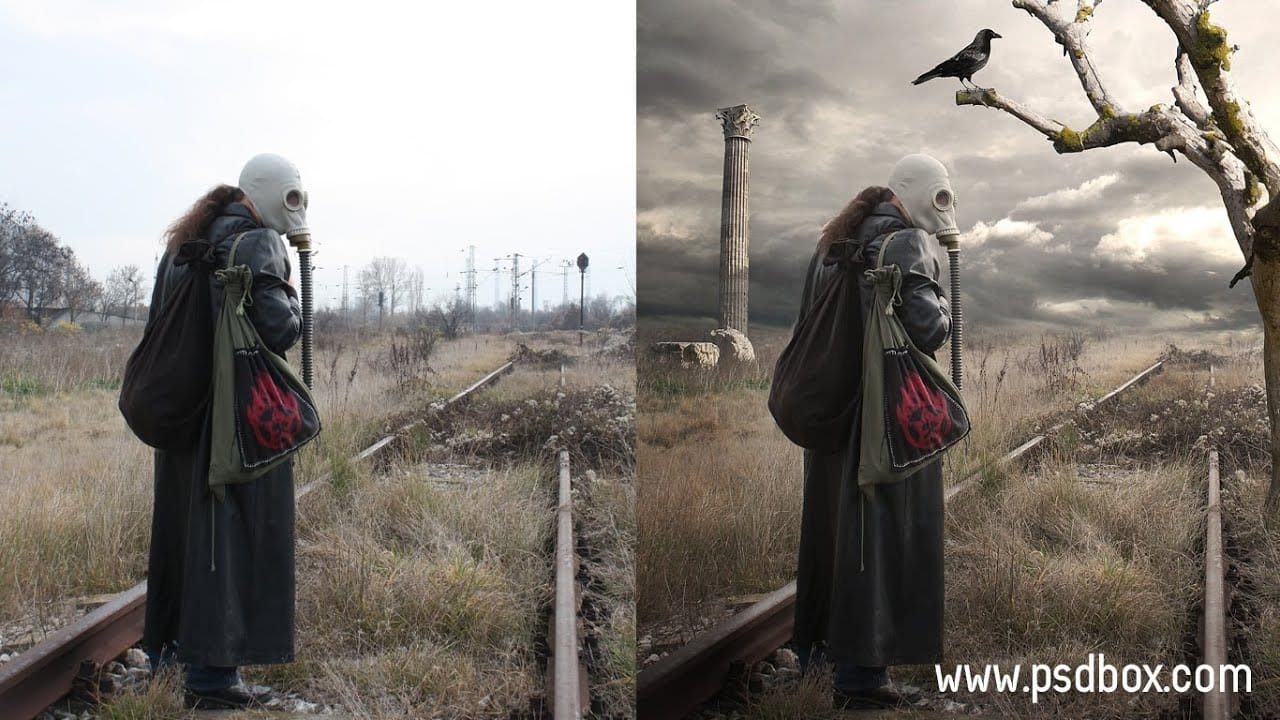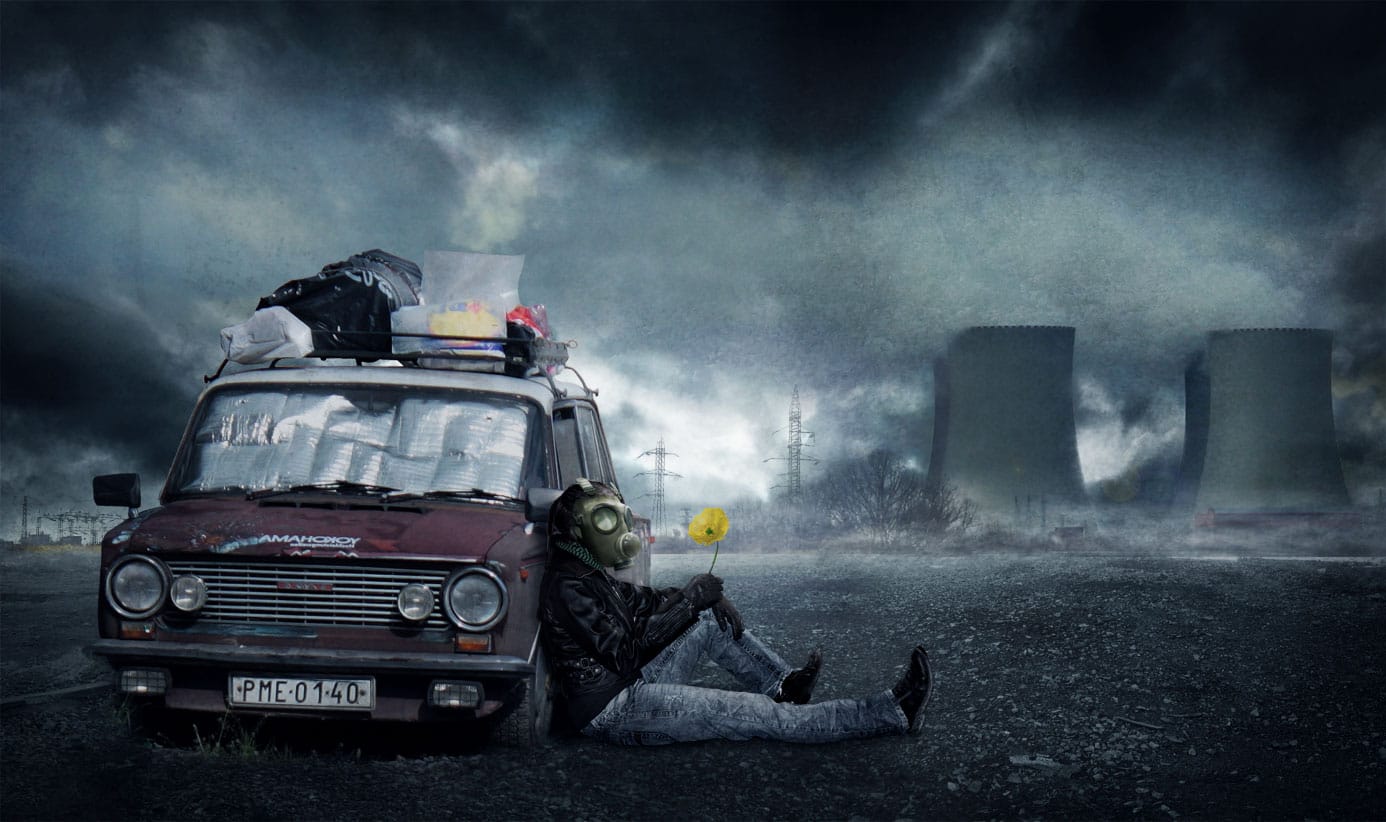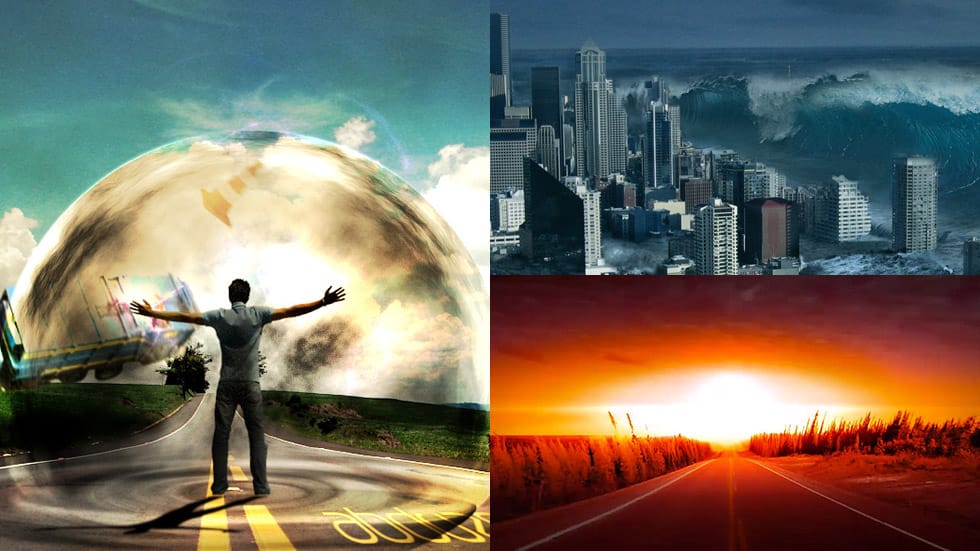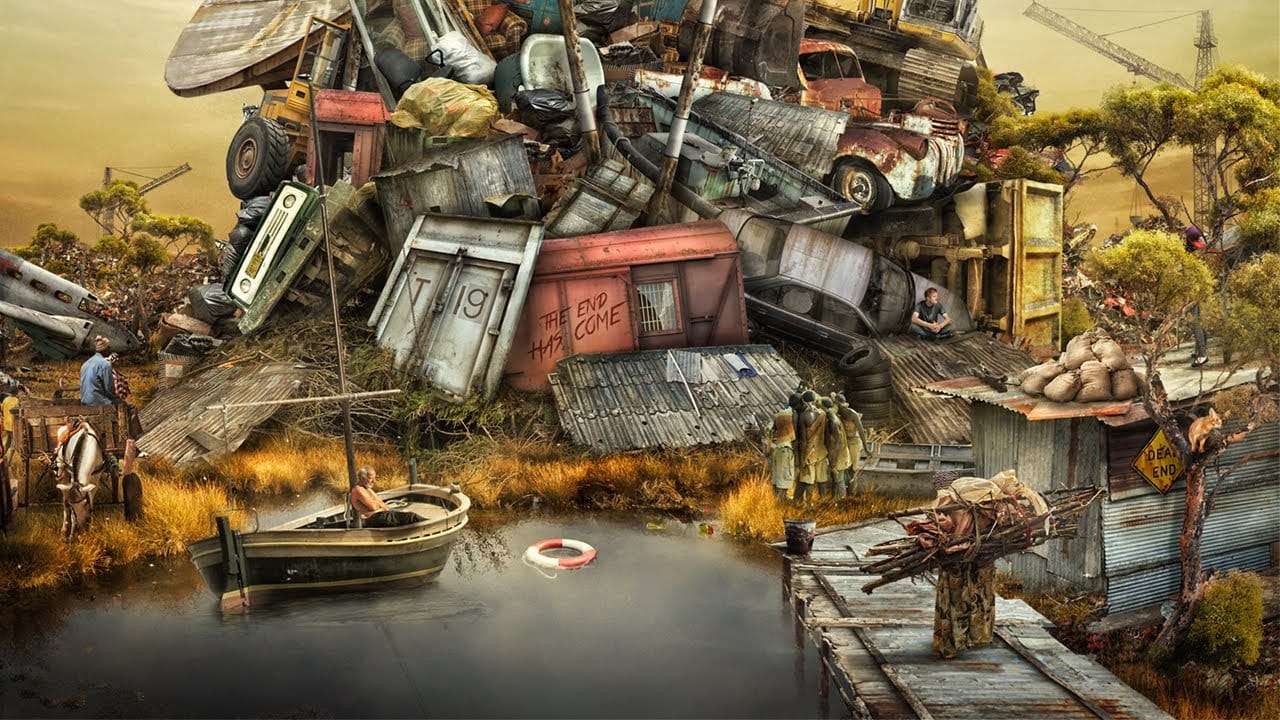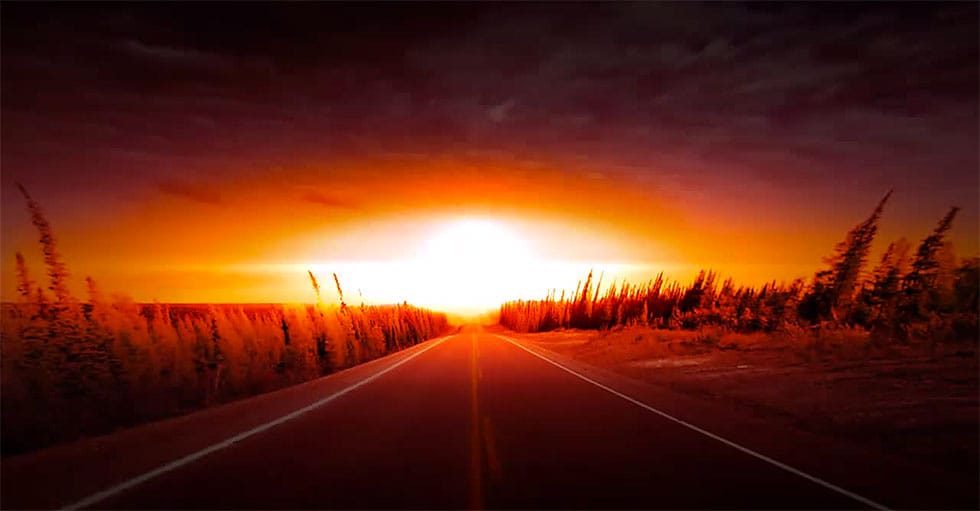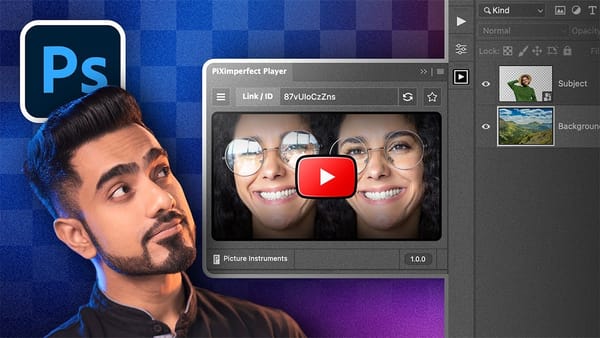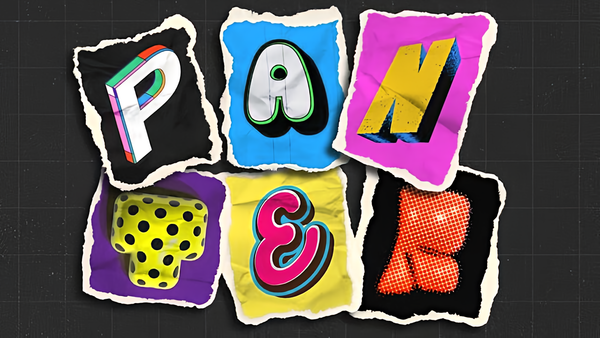This video tutorial guides you through the process of transforming an ordinary photograph into a dramatic apocalyptic scene featuring a nuclear explosion.
You will learn essential Photoshop techniques, including the strategic use of adjustment layers, filters, and transformation tools, to achieve a visually impactful and realistic-looking disaster effect.
Watch the Video
Understanding Visual Impact in Apocalyptic Photo Effects
Apocalyptic imagery in art and media often explores themes of immense destruction, human resilience, or the raw, untamed power of natural or human-made events. A nuclear explosion, specifically, serves as a potent symbol of transformative, catastrophic force. Creating such a scene in Photoshop transcends mere technical application; it involves a deeper understanding of how visual elements contribute to the overall mood and narrative.
Achieving a convincing post-apocalyptic atmosphere requires more than just applying filters. It demands careful consideration of how light, distortion, and color palettes interact to convey chaos and energy while maintaining visual coherence. The goal is to craft an image that feels both fantastical and disturbingly real.
Key elements that contribute to a compelling explosion effect include:
- Perspective distortion and warping to simulate impact.
- Intense, central light sources that mimic a blast.
- Atmospheric elements like smoke and debris.
- Strategic color grading to enhance the mood of destruction.
Practical Tips for Creating Explosion Effects
- Leverage the Warp Tool for Realistic Distortion: Use the Warp tool to dynamically bend and stretch elements like trees, simulating the intense force of a blast.
- Combine Lens Flare and Gaussian Blur for Explosive Light: Apply a Lens Flare filter for the core light source, then blur it with Gaussian Blur to create a soft, fiery glow.
- Utilize Blend Modes for Enhanced Visuals: Experiment with blend modes like Color Dodge, Hard Light, and Overlay to intensify light, blend layers, and add depth to the explosion.
- Adjust Transform Proportions for Scale: Precisely control the scale and stretch of explosion elements by manually inputting width and height percentages in the Transform tool.
- Create Atmospheric Effects with Clouds and Gradients: Generate realistic smoke and debris using the Clouds filter, then colorize it with a Gradient Map for an apocalyptic hue.
Related Articles and Tutorials about Apocalyptic Photo Effects
Explore more advanced techniques and creative approaches to designing devastating and post-apocalyptic scenes in Photoshop with these additional resources.
